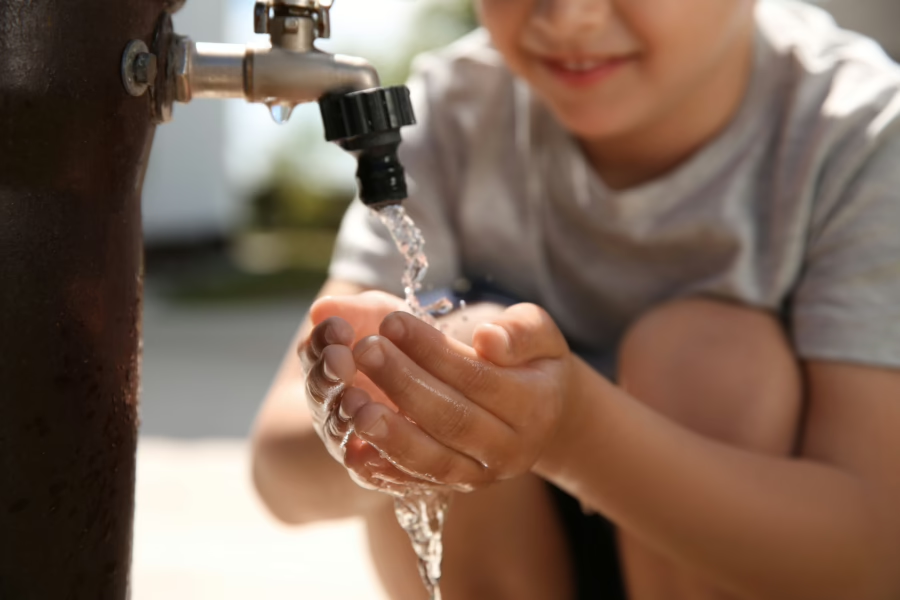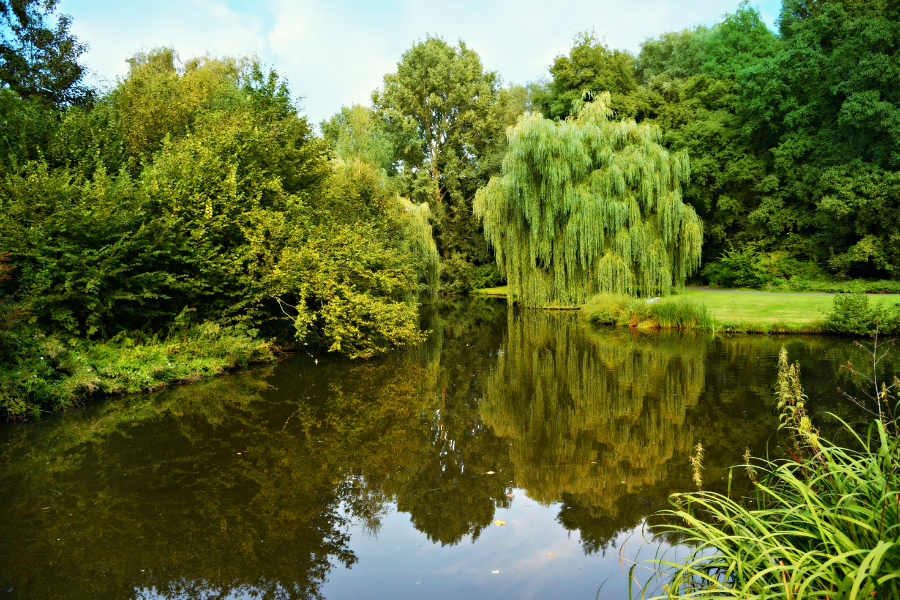Major Water Infrastructure Legislation Heads to President’s Desk
With the midterm elections looming, the Water Resources Development Act (WRDA) is likely to be the last major piece of legislation on water infrastructure during this Congress. Historically, WRDA authorized projects and set policies for the US Army Corps of Engineers (USACE), but recent versions have incorporated more water infrastructure provisions.
The House and Senate each passed their own versions of the legislation by wide margins, another indicator that water infrastructure has strong bipartisan support. The Senate’s version leans towards greater support for water infrastructure this year and included several water infrastructure priorities: innovative water workforce development, reauthorization of the Water Infrastructure Finance and Innovation Act (WIFIA), Combined Sewer Overflow (CSO) grant program reauthorization, and improved coordination between USACE and local communities on stormwater and flood control projects.
The final WRDA bill, agreed upon in conference between the House and the Senate, includes Senate provisions to increase funding for the WIFIA program and the State Revolving Funds (SRFs) and to renew funding for the CSO grant program. Perhaps most striking is the inclusion of a three-year reauthorization of the drinking water SRF (the first in more than two decades), which increases funds each year to reach a total of $1.95 billion in FY 2021. The bill also establishes a new EPA workforce development program. The new program will involve partnership with utilities to develop water sector training programs. Taken together, these provisions make this is the most significant water infrastructure bill to pass Congress in years. The President signed the bill into law on October 23rd.
As candidates and incumbents are campaigning for the midterm elections, voters should use the next few days to talk to your representatives about water infrastructure. Now more than ever, it is important to engage your Member of Congress so they know that their constituents care about water and water infrastructure. If you are looking for ideas on how to talk to candidates about water infrastructure, the Value of Water Campaign has a candidate engagement guide to get you started.
And while it is important to push our federal government to invest in critical water infrastructure, we also encourage engagement with public officials at the state or local level. Look for opportunities to ask your mayor, county government, and state legislators what their position on water infrastructure is too. If debates or forums are coming up, go ask a question about how they plan to protect our water future. Water infrastructure is essential, invaluable, and in need of investment, and we need government officials at all levels to prioritize a secure water future for all.


